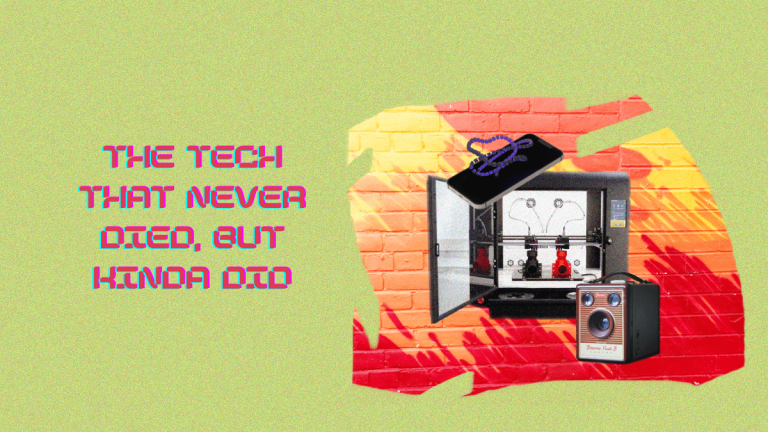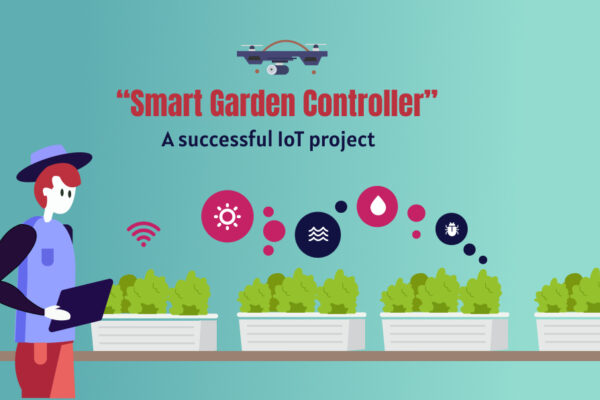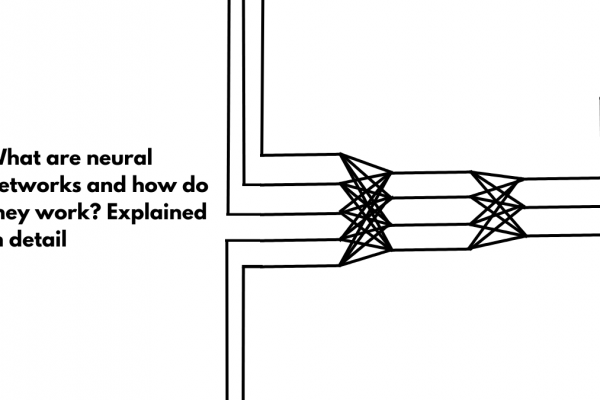Techies and hobbyists love to talk about tech and gadgets they grew up with, like their first Sony Walkman, or the first iPod. And in recent years, there’s been a renewed interest in retro tech, or tech that at least looks retro. While these gadgets and technology are outdated, they had a time in the limelight as mainstream tech. They were adopted by the average customer, not just geeks or early adopters.
But what about the tech that showed a lot of promise, but never became quite mainstream or failed to live up to its expectations? When the tech never became outdated, but just never got into the hands of the general public?
Let’s explore a few of them
3D printing
Don’t get me wrong here, 3D printing is very much used in many industries and the technology is still evolving. But the idea of a 3D printer in every home where users print out what they need, just like a regular printer still seems like a pipe dream. Instead of becoming a ubiquitous technology, it has become a niche tool used for prototyping or by hobbyists.
There’s still a lot of research and innovation happening in the industry, there are even attempts to build a 3D printed rocket. There has been a lot of advances in 3D printed organs, and there are startups building entire houses using 3D printing. Most hardware developers use 3D printing in their design process.
But the technology is not ready for mass consumption. Good printers still cost a lot of money and the prints themselves take a lot of time. Even the printers made for the general public take a lot of technical know-how to use, and are mainly used by hobbyists.
Even in the industry, 3D printing still has very niche applications. They’re not used for mass production and are more or less limited to prototyping.
We may see some more advances in industrial 3D printing, in terms of more materials and faster prints. But as of now, the technology is far from being mainstream.
Modular phones
Picture a phone for which you can swap out modules to fit your needs. Want an advanced camera? Snap-on a module. Want a physical keyboard? Just stick one to it. While the idea was and is certainly interesting, it never really took off.
Google’s Project Ara was all about a modular phone, which users could easily upgrade by swapping out a module and adding a new one. Google cancelled the project in 2016, and there has been no news of it ever since.
But it wasn’t just Google working on it. Moto launched the Moto Z phones, which had snap-on Moto Mods. Besides additional batteries, these mods could add a killer speaker and even a projector. And they have survived, to an extent. But they were not exactly successful. And as of now, the website shows only very few mods. To be fair, the company’s phones did continue supporting the mods 5 years after they were initially launched.
Besides Moto, Fairphone was another brand that launched a modular phone. The phone is truly modular, the user can replace everything from the battery to the cameras. But more than adding new functionality, the goal of Fairphone is to allow users to keep using their phones for a longer period. Besides hardware, they also offer software support that beats any other in the industry. Their Fairphone 2 got Android 10 recently, which is around 7 years of support.
But even Fairphone is yet to gain significant traction and is rarely heard outside of techie circles.
While we cannot completely rule out modular phones, the smartphone industry is currently moving in the opposite direction. Users can’t even swap out their batteries, and phones are becoming less user-repairable due to smaller components.
3D photography on phones
This was an interesting trend when dual-camera phones first came up, the idea being that the phone could use the two cameras for creating a 3D image. In fact, the first dual-camera phone HTC Evo 3D did exactly this. It had two 5MP rear cameras with which you could take 3D photos, and you could view the 3D photos on the phone’s display without 3D glasses.
A couple of other OEMs also rolled out smartphones capable of 3D photography, but the trend didn’t last long.
In 2018, Red Digital Cinema launched the Red Hydrogen One. The Red Hydrogen One was very different from contemporaries, in terms of aesthetics. The phone could take pictures in 3D and you could view these pictures in 3D using a holographic display. Red Digital Cinema planned the phone as a series of products that would work together, like cameras that could use the phone as a viewfinder. But the product line never materialised.
Unfortunately, 3D cameras are not likely to make a comeback, unless a niche OEM like Red developed something for a specific audience.
Blockchain
This may be a bit of a controversial take but just think about it. When bitcoin first came up and the early blockchain startups came up, everyone was talking about many different applications. And even now new startups are coming up, NFTs are becoming popular.
But ever since the whitepaper documenting the blockchain came out in 2008, we’re yet to see a mainstream application of this technology. Most of the applications that do exist are not adopted by the average person(except maybe NFTs?). Very few companies accept cryptocurrencies as actual currencies, treating them mostly as an investment. And Gartner’s reports suggest that blockchain may be heading into the trough of disillusionment. Will bitcoin and blockchain go the way 3D printing did? Like tech that died, but not quite dead? Limited to a niche audience with limited applications? Or will it make a comeback with solid applications? Yet to see..




